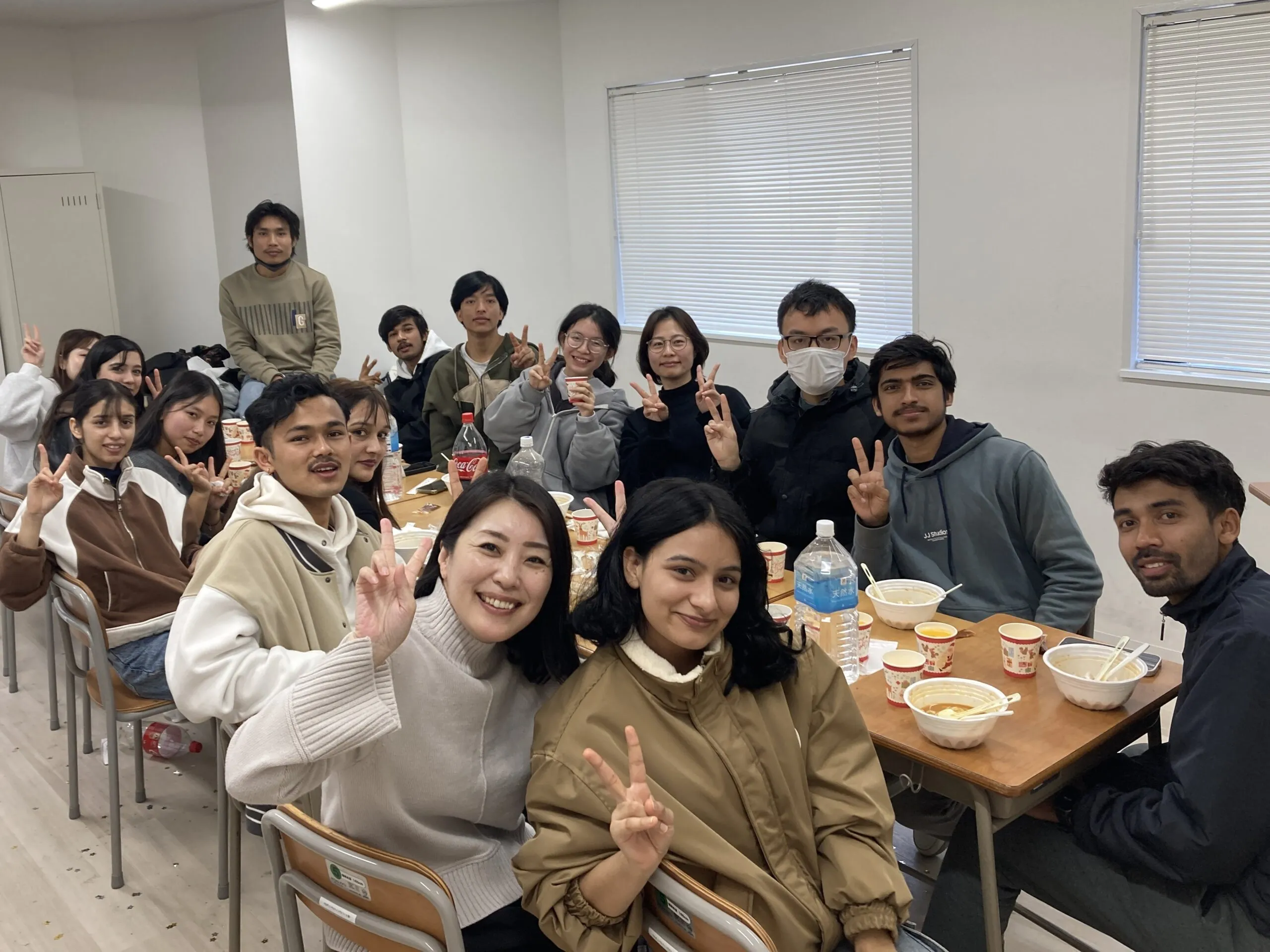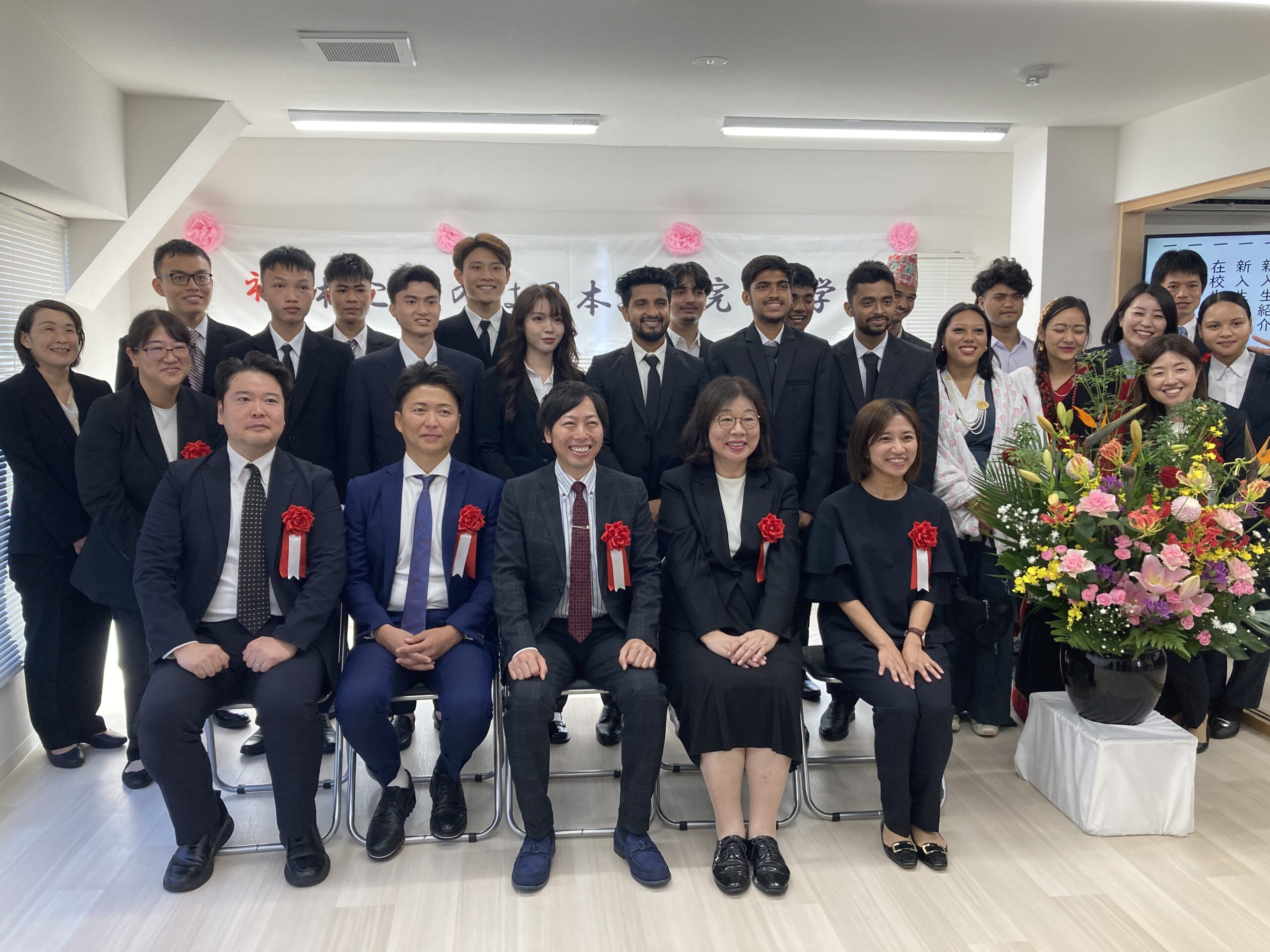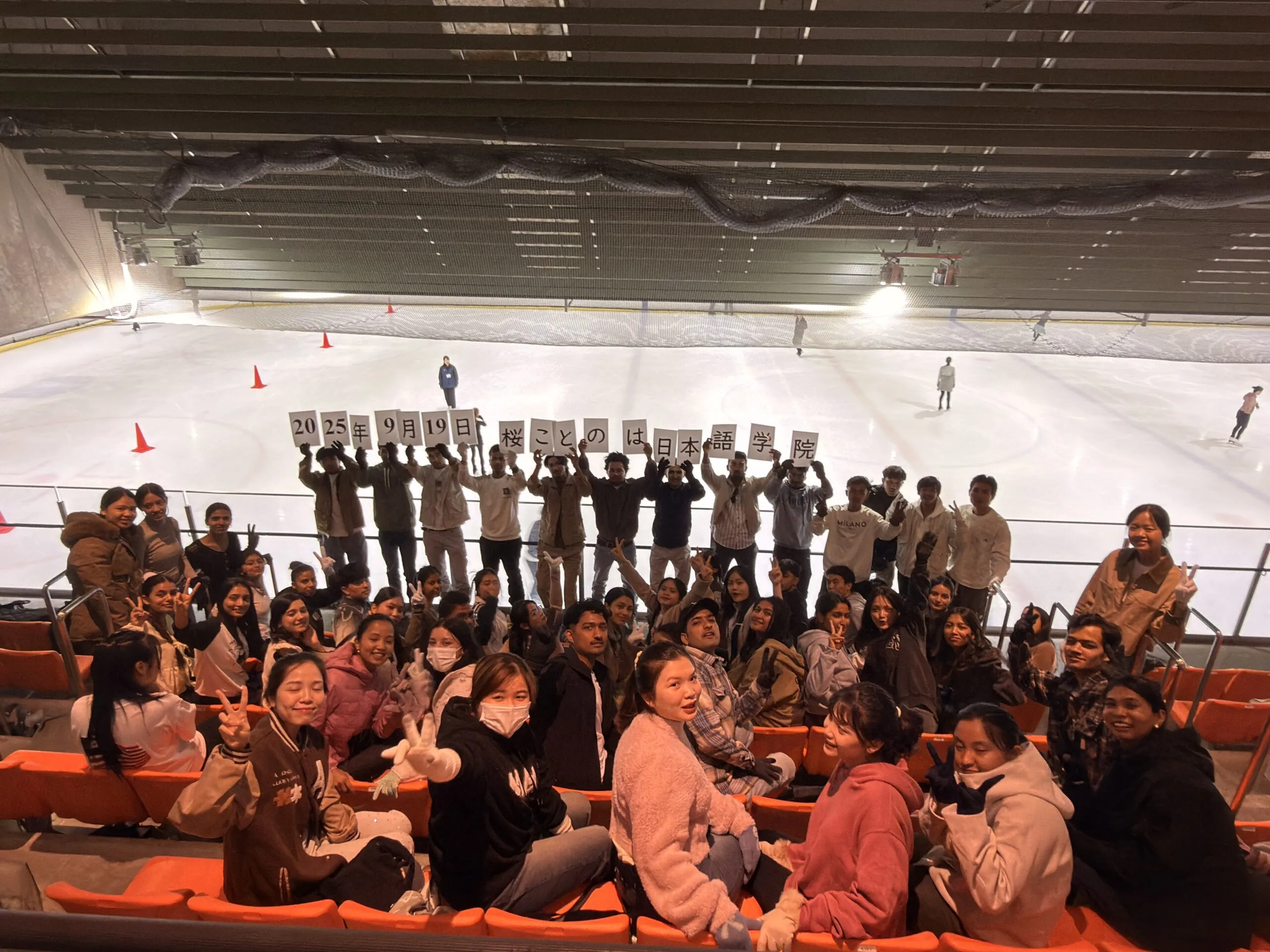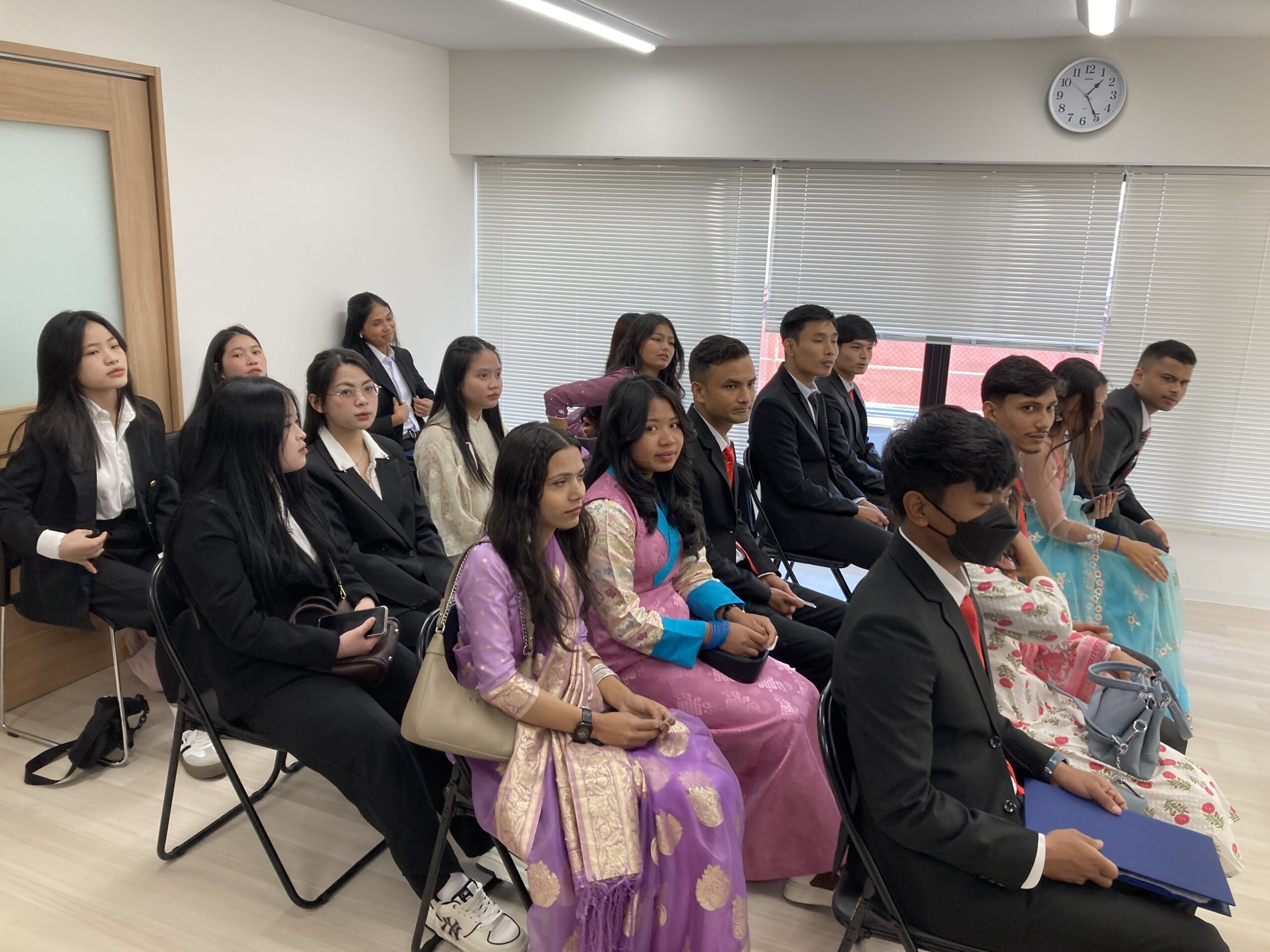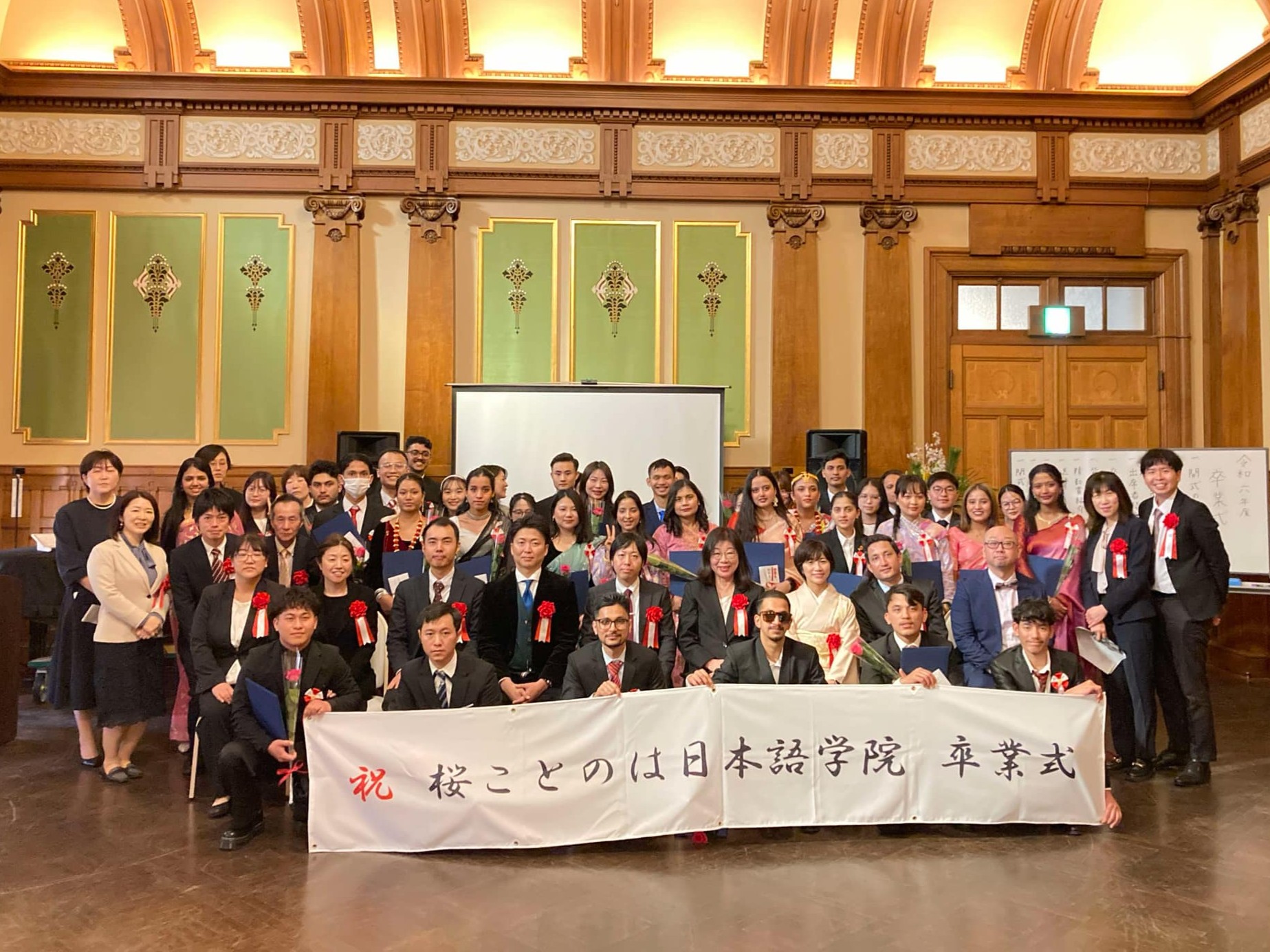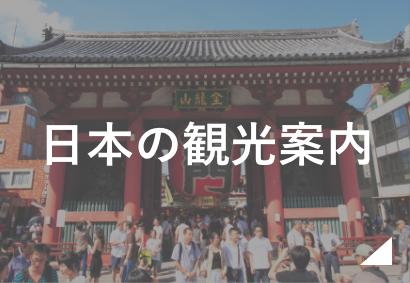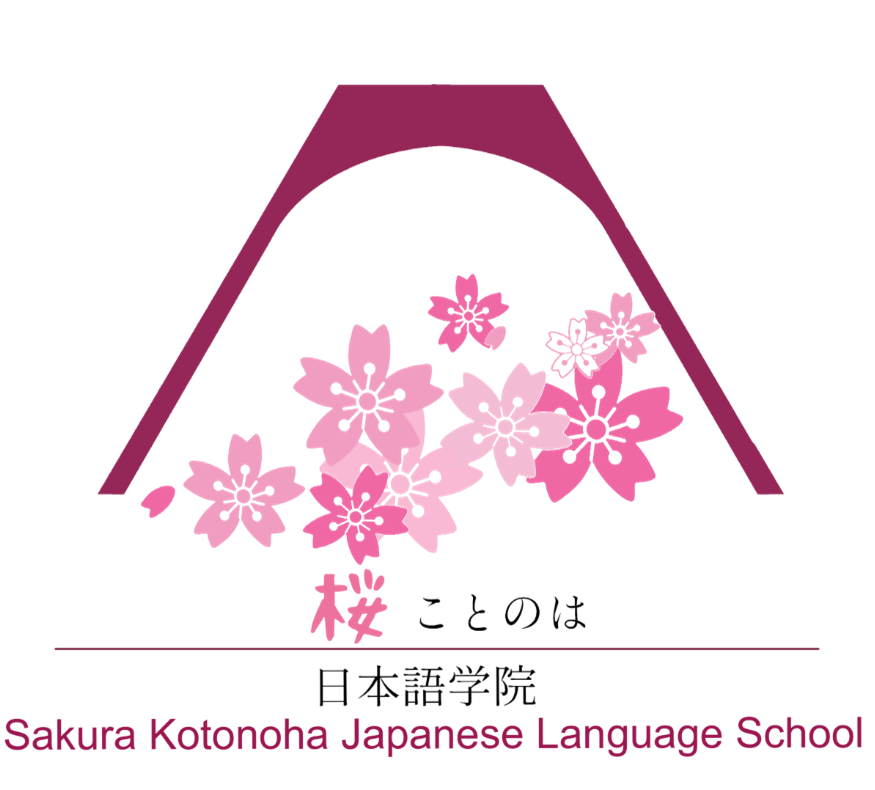日本の文化「7月7日は七夕の日」
7月7日は日本の文化として、七夕があります。七夕についてお話します。
On July 7th, there is a cultural day in Japan called ‘TANABATA’. Let’s know about this day.
Ngày 7 tháng 7 trong văn hóa Nhật Bản là ngày Tanabata (ngày Ngưu Lang – Chức Nữ)

1.七夕伝説(たなばたでんせつ)のおはなし
2.七夕(たなばた)の日(ひ)とは?
3.七夕(たなばた)の日(ひ)になにをする?
1.Tradition & legendary of Tanabata.
2.What is Tanabata day ?
3.What to do on Tanabata day?
1.Truyền thuyết Tanabata
2.Ngày Tanabata là?
3.làm gì vào ngày Tanabata
1.七夕伝説(たなばたでんせつ)のおはなし
1.Tradition & legendary of Tanabata
1.Truyền thuyết Tanabata
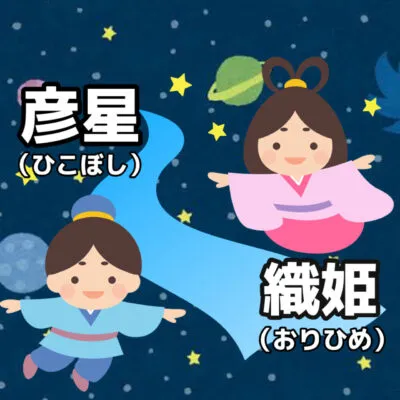
昔あるところに、神様の娘の織姫(おりひめ)と、若者の彦星(ひこぼし)がいました。織姫(おりひめ)は機織(はたお)りの仕事をしていて働き者。彦星(ひこぼし)は牛の世話をしているしっかり者でした。やがて2人は結婚をしました。すると、今まで働き者だった2人は急に遊んで暮らすようになり、働かなくなってしまいました。怒った神様は、2人の間に天の川を作って会えなくしてしまいました。それを見た神様は、前のようにまじめに働いたら、1年に1度だけ、2人を会わせてくれると約束しました。そして、2人は年に一度だけ天の川を渡って会うことが許されるようになり、その日が七夕とされるようになりました。
Once upon a time, there was a god’s daughter ‘Orihime` and a young man ‘Hikoboshi`. Orihime was a hard worker who worked as a weaving machine. Hikoboshi was a good and solid person who took care of cows. Eventually, Orihime and Hikoboshi got married. Then, the two hard-workers suddenly stopped working led an idle life. The angry god created the Milky Way between them so they couldn’t able to meet each other. Once when God saw it, God said; “if you work diligently like before, I will promise to meet both once a year.” Then, the two were allowed to meet by crossing the Milky Way only once a year, and that day became Tanabata.
Thời xa xưa, có con gái của thượng đế Orihime và chàng trai trẻ tên Hikoboshi. Orihime và Hikoboshi đều là những người chăm chỉ làm việc. Hikoboshi chăm sóc cho những con bò chu đáo. Cuối cùng hai người đã kết hôn. Nhưng sau đó, từ hai người chăm chỉ làm việc bỗng nhiên chỉ rong chơi, không làm việc gì cả. Thượng đế nổi giận và đã tạo ra dòng sông Ngân Hà khiến hai người không thể gặp nhau. Thượng đế hứa rằng nếu hai người chăm chỉ làm việc như trước đây thì một năm sẽ cho hai người gặp nhau một lần. Vì vậy, hai người chỉ có quyền vượt qua sông Ngân Hà để gặp mặt một lần trong một năm, đó chính là ngày Tanabata.
2.七夕の日とは?
What is Tanabata day?
Ngày Tanabata là?
日本の文化として7月7日は七夕があります。七夕は、織姫(おりひめ)と彦星(ひこぼし)が1年に1度だけ、天の川で会える日とされていて、七夕にちなんで日本の各地(かくち)では七夕祭(たなばたまつ)りが開かれます。
As a Japanese culture, there is Tanabata on July 7th. Tanabata is said to be the day when Orihime and Hikoboshi can meet in the Milky Way only once a year, and the Tanabata Festival is held in various parts of Japan.
Ngày 7 tháng 7 là ngày Tanabata theo văn hóa Nhật Bản. Tanabata là ngày Orihime và Hikoboshi có thể qua sông Ngân Hà gặp mặt một năm một lần. Tại nhiều vùng của Nhật Bản có tổ chức lễ hội Tanabata được đặt tên theo Tanabata.
3.七夕に日になにをする?
What to do in Tanabata day?
Làm gì vào ngày Tanabata?
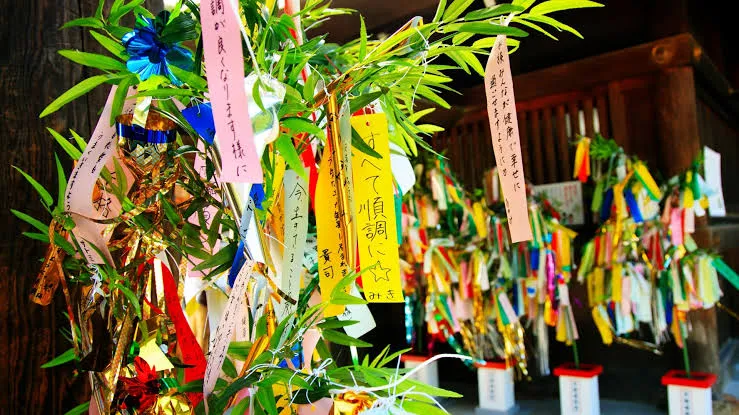
七夕の日には、短冊(たんざく)にお願いごとを書いて笹に飾ります。
On Tanabata day, people write a wish on a strip of paper and decorate it with bamboo grass.
Vào ngày Tanabata mọi người treo những mảnh giấy nhỏ ghi lời cầu nguyện (Tanzaku) lên cành tre.
笹は、成長がすごくはやいことから生命力(せいめいりょく)のシンボル、またその葉は殺菌力(さっきんりょく)が強いため、古くから魔除(まよ)けとして利用されるなど神聖(しんせい)なものとして伝わってきたそうです。そこで、短冊(たんざく)にお願い事を書いて笹の葉に(かざ)りをつけるようになったようです。
Bamboo grass is a symbol of vitality because it grows very quickly, and its leaves are sacred because it has a strong bactericidal power and has been used as a magical repellent for a long time. It seems that it was transmitted as a (holy) thing. Therefore, people write a wish on a strip of paper and attach it to the bamboo leaves.
Tre sinh trưởng rất nhanh nên được coi là biểu tượng của sức sống, không những thế lá tre có khả năng diệt khuẩn mạnh nên từ ngày xa xưa truyền lại như một vật linh thiêng, bùa hộ mệnh. Chính vì vậy Tanzaku được treo lên lá tre.
短冊(たんざく)のつくりかた
How to make a strip of paper?
Cách làm Tanzaku
紙の色を選ぶ、短冊(たんざく)では5つの色を使います。色によって意味が違います。
Choose the color of the paper and write on it. There are 5 colors of paper, and the meaning differs depending on the color.
Tanzaku được sử dụng 5 màu sắc. Ý nghĩa khác nhau theo màu sắc.
| 赤(あか) 家族に感謝をあらわします 青(あお)人間力をたかめる 黄(きいろ) 友達を大切にする、信頼(しんらい) 白 (しろ) 決まりごとを守る 黒 (くろ) 勉強ができるようになる |
| (Red) Show gratitude to parents (Yellow) Trust, cherishing friends (Blue) Enhance resourcefulness (White) Keep the rule (Black) Get better at studying |
| Màu đỏ: Thể hiện sử biết ơn đối với gia đình Màu xanh: Tăng cường sức mạnh Màu vàng: Sự tín nhiệm, coi trọng bạn bè Màu trắng: Tuân theo việc đã quyết định Màu đen: Việc học tập có thể tiến triển |
紙の色が決まれば次は短冊(たんざく)を作ります。
Once the color of the paper is decided, the next step is to make a strip of paper.
Sau khi quyết định màu giấy thì làm Tanzaku
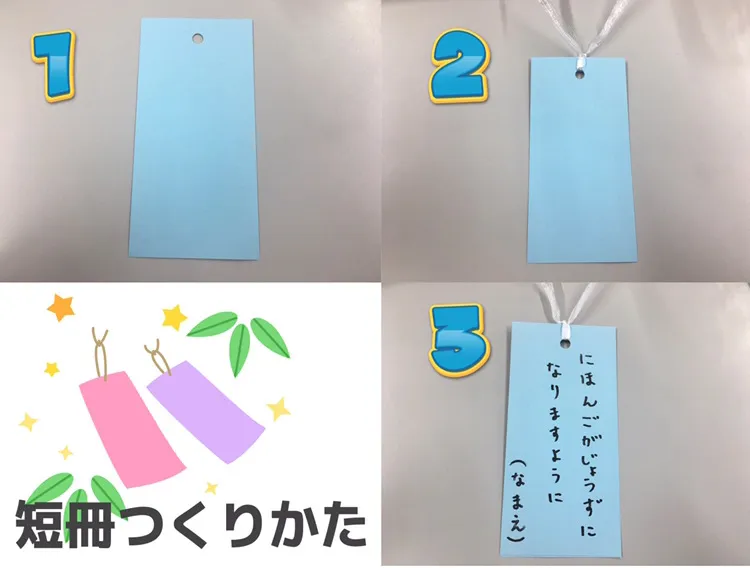
①15cm四方(しほう)のいろ紙を半分の大きさで使用します。
②紙のうえに穴をあけてヒモを通(とお)します。
③願いごとが書けたら笹(ささ)にくくりつけましょう。
①Use 15 cm square colored paper in half the size.
②Make a hole in the paper and pass the string through it.
③When you wrote your wishes, tie it up to the bamboo grass.
①Sử dụng một nửa của tờ giấy màu hình vuông 15cm
②Tạo một lỗ phía đầu giấy và luồn sợi dây qua.
③Viết lời cầu nguyện lên giấy và buộc lên cành tre
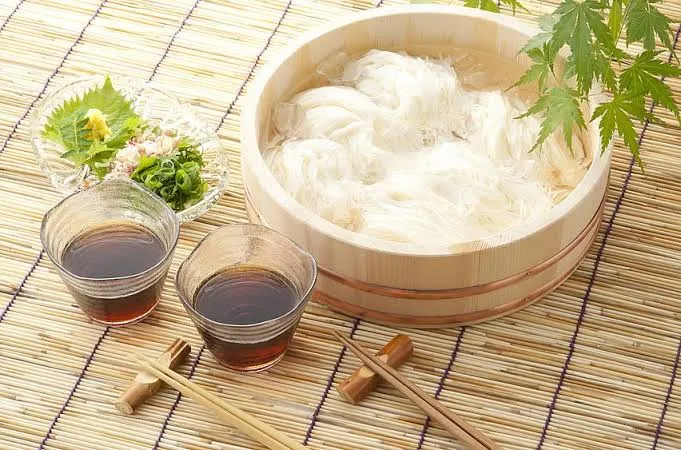
七夕のイベントフードは「そうめん」
Tanabata’s event food is “somen”
Món ăn trong ngày Tanabata là Somen
「そうめん」は、七夕(たなばた)のイベントフードです。1年間の健康と安全を願い、7月7日に「そうめん」を食べる風習(ふうしゅう)があります。今では7月7日は、「そうめんの日」ともなっています。そうめんとは小麦粉(こむぎこ)で作る細い乾麺(かんめん)のことです。
“Somen” is an event food of Tanabata. There is a custom of eating “somen” on July 7th, hoping for health and safety through the year. Now, July 7th also became “Somen day”. Somen is thin dried noodles made from wheat flour.
Somen là món ăn trong ngày Tanabata. Người Nhật có tập tục ăn Somen vào ngày 7 tháng 7 để cầu nguyện cho sức khỏe, bình an trong một năm. Đến nay, ngày 7 tháng 7 đã trở thành ngày Somen. Somen là loại mỳ sợi nhỏ được làm từ bột mỳ.
桜ことのは日本語学院では、夢を持った外国人留学生たちが当校で日本語を学び、それぞれの夢を実現するため、安心して勉学ができるようサポートしております。日本語を学ぶだけでなく、日本の文化や風土に触れていただき、日本での生活が楽しく素晴らしい経験となるよう、お手伝いいたします。
At Sakura Kotonoha Japanese Language School, we support foreign students with their dreams to study Japanese at our school and to realize their dreams so that they can study in peace without worries. In addition to learning Japanese, we help to experience Japanese culture and climate so that life in Japan can be fun and wonderful experiences.
Học viện Nhật ngữ Sakura Kotonoha hỗ trợ du học sinh người nước ngoài có thể yên tâm học tập, trau dồi tiếng Nhật tại trường, hiện thực hóa những ước mơ. Không chỉ việc học tiếng Nhật, nhà trường còn truyền đạt để các học sinh có thể tiếp xúc với những phong tục, văn hóa Nhật Bản, từ đó cuộc sống tại Nhật Bản trở thành những trải nghiệm đầy thú vị.








